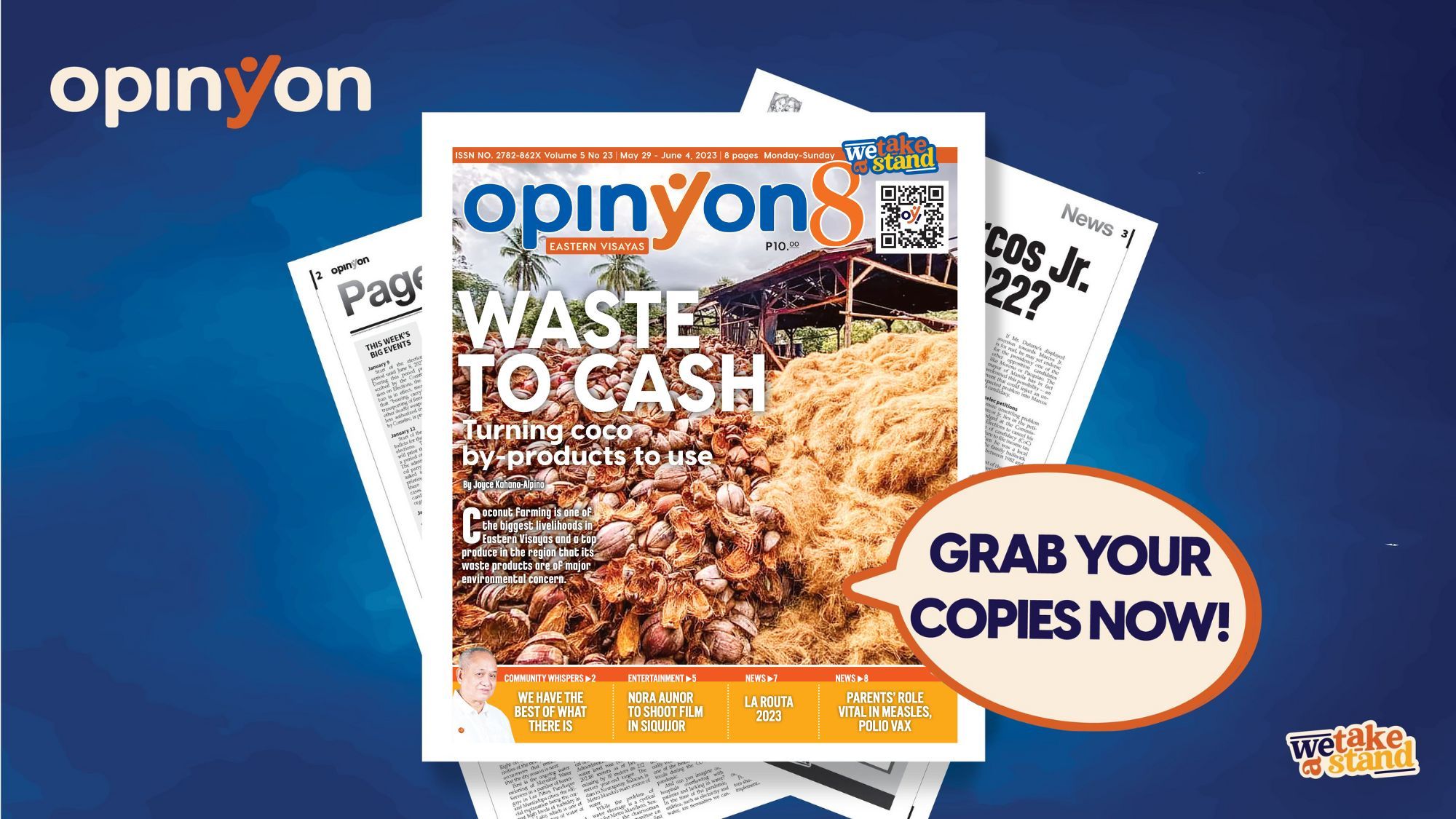Coconut farming is one of the biggest livelihoods in Eastern Visayas and a top produce in the region that its waste products are of major environmental concern.
With the demand for this, it is inevitable to have waste products which the Regional Inclusive Innovation Center (RIIC) hopes to put an end to in terms of coco waste management.
RICC is eyeing the development of coco coir in Eastern Visayas to address environmental concerns to help coconut farmers develop the by-product.
Coco coir is the fibrous material found between the hard, internal shell and the outer coat of a coconut and is and commonly used in products such as floor mats, doormats, brushes, and mattresses.
It is also used in both agricultural and industrial sectors where this fiber is used in making rope, car seats, and other cushions, coco nets as a preventive solution for soil erosion, and many more.
Not many farmers utilize the by-product that is why it eventually piles up and goes to waste in several farms.
“The mounting coconut husks from copra production is one of the environmental issues. We must identify sources of equipment and technology to process husks into fiber. Through RIIC, government agencies and the academe collaborate to develop the commodity,” Corsiga added.
The officials from national government agencies and academe had already drafted the regional coco coir roadmap for innovation identifying existing resources that can help develop processing.
“Given the trend on organic farming, there is high potential for coco coir. We noticed that the existing manual process is tedious. We must introduce innovations to add value to what is considered as coconut farming waste,” DTI Eastern Visayas assistant regional director Ma. Delia Corsiga said.
Records from the Philippine coconut authority shows that there are currently nine operating coco coir processors in 2021 in Leyte and Southern Leyte provinces producing 4,391 hanks of coconut fiber.
A hank in textile manufacture, is a unit of measure applied to a length of yarn or a loose assemblage of fiber forming a single strand and varying according to the fiber origin. Normally, a hank is 770 meters long.
With the existing facilities and supply, the agencies hope that in due time, the project will be a success and help provide an additional source of income for local farmers in the region considering that several coco farms, particularly in Southern Leyte are still recovering from the damages brought by Typhoon Odette.
It could be recalled that the Philippine Coconut Authority (PCA) Region 8 recorded P614.27 million production loss in 2021 shattered the livelihood of 82,370 coconut farmers in Southern Leyte and Leyte provinces.
Of the estimated 10,002,709 toppled or sheared coconut trees, 3.9 million of them were damaged beyond recovery.
